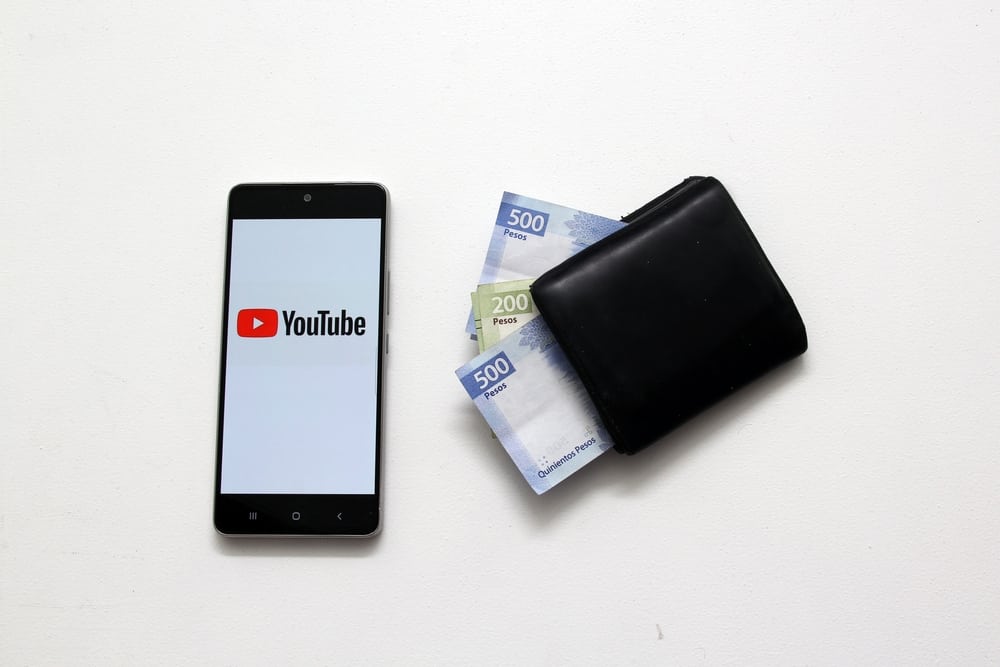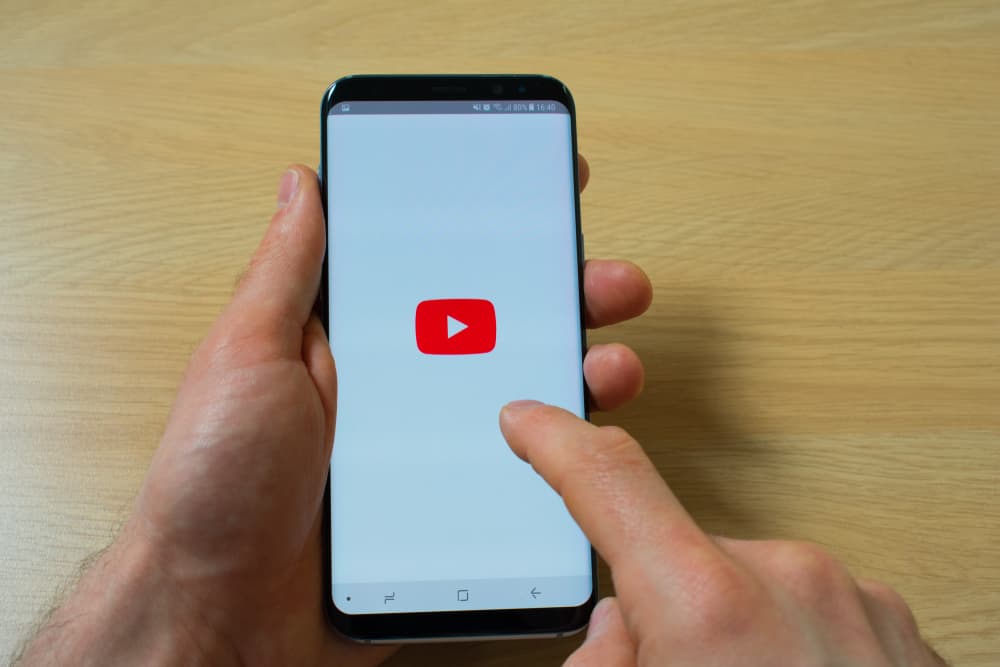
YouTube is an excellent video streaming platform famous for its extensive and diverse library. You can find any video on YouTube, from medical and educational stuff to sports, fun and creative videos like movies and comedy.
Over the last several years, YouTube has stood out as one of the most rewarding platforms for creators. Any creative can invest in equipment and skill and create a channel to earn income.
If you consider taking the YouTube creator route, you may wonder how much YouTube pays per view.
The pay for every YouTube ad view is approximately $0.003 to $0.018. Note that this pay rate is not standard and depends on several factors, like the total views on videos, how many times someone watches an ad, whether a user has installed Ad Blocker, and the video length. Overall, online sources place the YouTube pay rate between $3 and $18 for every 1000 views.
This post discusses YouTube’s pay rate per view and the factors affecting the actual rate.
Overview of YouTube’s Ad Revenue Payment Structure
As noted earlier, becoming a YouTube creator is an excellent way to earn extra income, especially if you are passionate about the topic or craft you’re selecting as a niche.
Before becoming a creator, there are a few factors to help you understand how YouTube monetization works. The first is the monetization requirements.
- Having more than 1000 subscribers on your channel.
- Get more than 4000 watch hours on your videos over 12 months.
- Link your YouTube channel to an AdSense account to monitor ads and payments.
- Join the YouTube Partner Program and live in a country where YouTube is available.
- Follow the outlined policy and guidelines.
Next, we’ll discuss how much YouTube pays per view and the factors influencing the total income.
Average YouTube Pay-per-View Rate
As established in the introduction, YouTube pays between $0.003 and $0.018 per view. This translates to between $3 and $18 for every 1000 views on a video. Note that this rate fluctuates depending on several factors, including the number of views.
For example, the more views on a video, the more clicks, and views you get on an ad. Consequently, videos with more views will earn more ad revenue because more people will have watched the ad.
Another factor affecting the total revenue is the video length. Longer videos can have two or more ads. If viewers click these ads, the creator will have more income. Other factors influencing the total pay-per-view include whether a user has installed Adblockers and the ad quality.
Note that not every video view qualifies as one view where ad revenue and pay-per-view are concerned. Someone has to watch at least 30 seconds or the entire ad length for it to count as a view. Understanding this viewing factor is vital so you don’t misinterpret your total view numbers as equal to the pay-per-view rate.
You have limited control over ad revenue because you don’t choose the ads YouTube places on your videos. It will help if your audience considers the ads interesting enough to click on or watch to the end.
Another crucial factor in determining the pay-per-view is Cost Per Mile (CPM). The CPM varies from country to country as they have different ad rates. Consequently, YouTube creators in countries where advertisers pay more have higher pay-per-view rates.
How To Increase Your Pay-per-View
The best and most direct way to increase your pay-per-view is to build your audience. This is because the primary determinant of your income is the number of views per ad, and the more subscribers you have, the more views you’ll get.
Research your audience and content to build a following so you upload videos your followers will continually enjoy.
Additionally, invest in quality equipment so your content quality is great. Ensure you focus on topics your audience relates to and collaborate with other creators in your niche.
Summary
YouTube’s average pay-per-view is between $0.03 and $0.18. However, this rate depends on factors like the video length, whether the user has Ad Blockers, the quality of the ad, and how many times a user clicks on the ad.
Remember, not every view counts towards the pay-per-view rate, as users have to watch the entire ad for short ads or at least 30 seconds for long ads for you to register one view.











